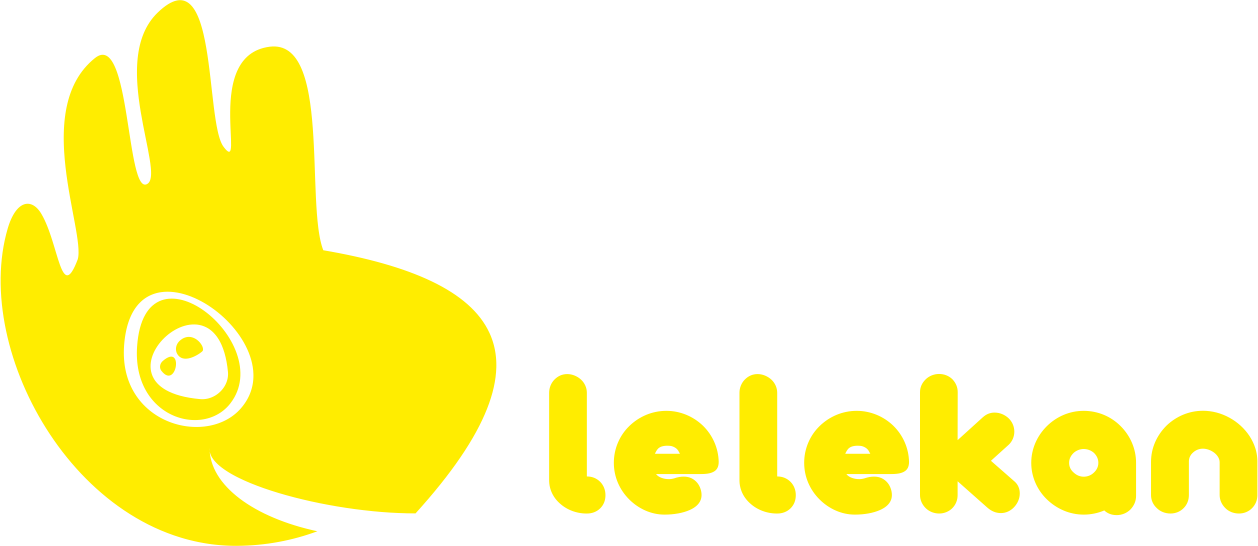Apiary Game Review
Related Products
Games are tools that allow individuals and groups to think outside the box. So it makes perfect sense that Apiary, a board game about space bees, uses cutting-edge approaches to employment mechanics in gameplay. It combines high-tech worker placement with classic resource conversion mechanics — sometimes with obvious advantages, sometimes with disadvantages.
SPACE BEES IN ACTION
In Apiary, players take on the role of space bees who grow their hive by gathering a variety of resources during their interstellar journey. Resources include water, fiber (which looks like green Chex Mix sticks), pollen (yellow splatters), wax (Rollos), and, of course, honey in pots.
Space bees function much like real ones—they fly, land on objects, and collect them for their hive. And while I'm no expert on bees (my only experience is a summer spent with a beekeeper during a bike trip), the image in the game looks convincing.

WORK MECHANICS
You have four plastic bees, numbered 1 to 4, representing their strength. Placing stronger workers on cells allows you to perform more effective actions. In some cases, strength is added to an existing worker on a cell, opening up even more powerful capabilities.
The game has six main types of actions, conventionally divided into two areas:
- Research - allows you to travel in a large general ship and collect resources, improving their extraction in the future.
- Expanding the hive is buying hexagonal tiles that bring various bonuses, victory points, abilities, or income.
Cards are available separately, which can be used before or after the actions. The "play as much as you want" mechanics are reminiscent of games like Hollertau or Kalimala, which is always a nice thing for fans of Eurogames.
A particularly interesting action is Conversion, where, using a strong worker, you create your own resource exchange mechanism that other players can use until the end of the game. At the same time, you receive a bonus every time an opponent uses it.

ADVENTURES IN SPACE
Apiary's mechanics are somewhat similar to Cryo's: you "release" workers and then bring them back to you to earn income and strengthen them. However, Apiary goes deeper: workers with a strength of 4 can "fall asleep" after performing an action, similar to Teotihuacan's actions. They will need to be brought back from the reserve again.
When such a strong bee goes to a large honeycomb in the sky, the owner places a sleep token and receives a bonus from the main field - this is also the game timer. The game ends when all hibernation cells are filled, or the player runs out of tokens.
SPECIFICITY OF MECHANICS
The game avoids the common problem of worker placement - blocking other players' actions. Instead, if you want to occupy a space, you simply return the previous worker to its owner. He or she can decide whether to strengthen it or use it as a source of income.
This approach creates a dynamic, "live" gaming atmosphere, where bees are constantly moving and resources are actively circulating. The playing field develops naturally, and the game never loses pace.
RESERVATION
The only thing that may cause discomfort for experienced players is a certain randomness, inherent in many other Stonemaier Games games. Due to the random generation of markets and the choice of development path, players may receive uneven rewards, which complicates the competitive element.
However, if you don't consider Apiary as a tournament game, but simply as an exciting, thematic, and visually appealing board adventure, it can be quite enjoyable.
We just hope that the sequel to the game won't be dedicated to wasps.




